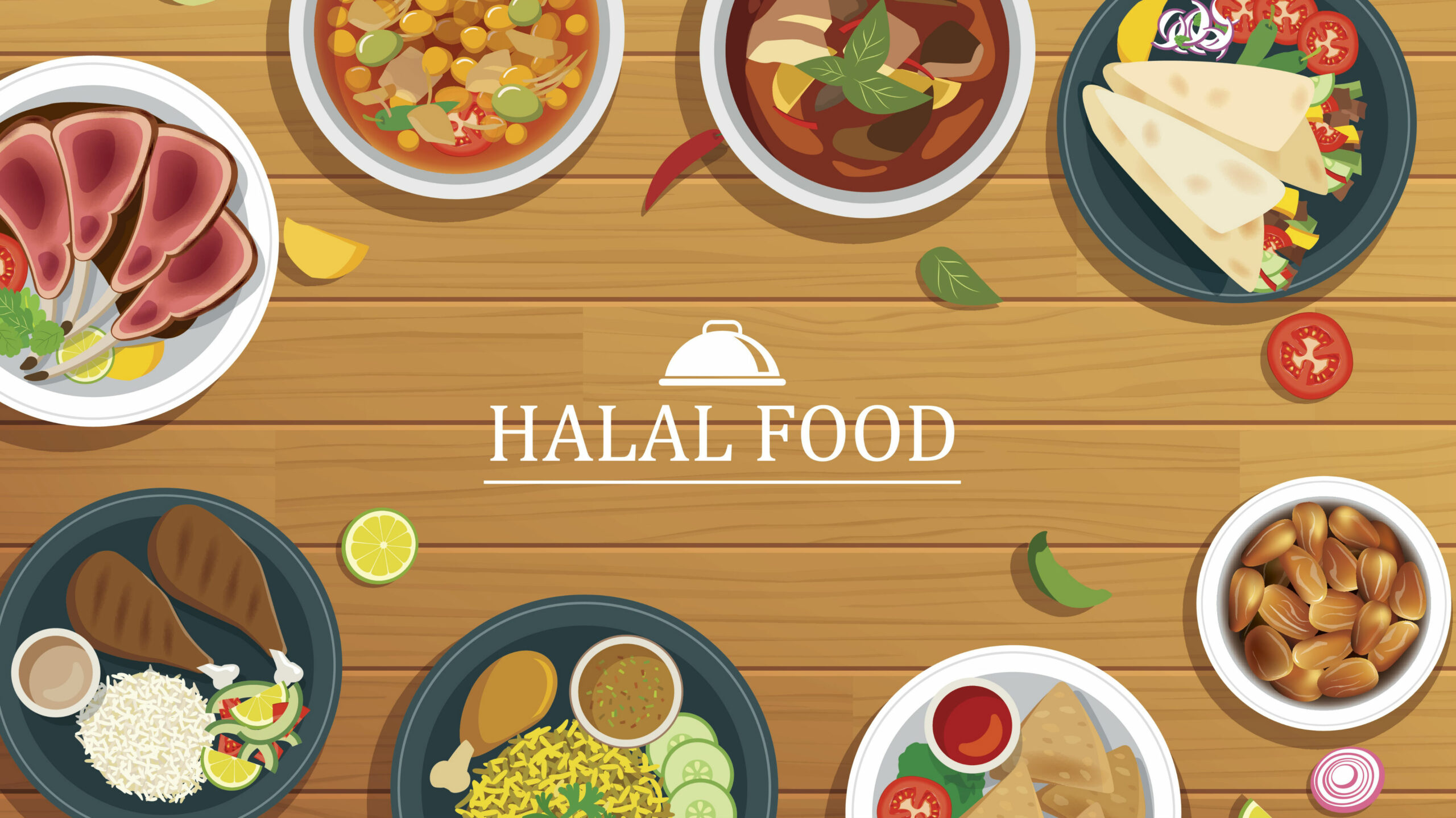Executive Summary: The global food and beverage industry continues to exhibit steady growth, driven by various factors such as population growth, rising disposable incomes, changing consumer preferences, and advancements in food technology. Despite challenges such as supply chain disruptions and shifting regulatory landscapes, the industry is poised for expansion in the coming years. This report provides an overview of the current state of the global food and beverage market, key trends, challenges, and future outlook.
Market Overview: The global food and beverage market encompasses a wide range of products, including packaged foods, beverages, fresh produce, dairy products, snacks, and confectionery. It is a vast and diverse industry, comprising both multinational corporations and small-scale producers catering to local markets.
Market Size and Growth: As of the latest available data, the global food and beverage market is estimated to be worth over $9 trillion. The market has witnessed steady growth over the past decade, with a compound annual growth rate (CAGR) of approximately 3-4%. Emerging markets, particularly in Asia-Pacific and Latin America, have been driving much of this growth, fueled by urbanization, changing dietary habits, and increasing purchasing power.
Check out: US Top 10 Grocery Retailers Ranked
Key Trends:
- Health and Wellness: Consumers are increasingly prioritizing health and wellness, driving demand for organic, natural, and functional foods and beverages. This trend has led to the proliferation of products with reduced sugar, salt, and artificial additives, as well as the rise of plant-based alternatives.
- Convenience: Busy lifestyles and on-the-go consumption habits have fueled demand for convenient food and beverage options such as ready-to-eat meals, snack bars, and single-serve packaging.
- Sustainability: There is growing awareness and concern about the environmental impact of food production and consumption. As a result, consumers are seeking out sustainable and ethically sourced products, leading to innovations in packaging, sourcing, and waste reduction.
- Digital Transformation: The food and beverage industry is undergoing digital transformation, with the adoption of technologies such as e-commerce, mobile apps, and data analytics to enhance marketing, distribution, and customer engagement.
Challenges:
- Supply Chain Disruptions: The COVID-19 pandemic exposed vulnerabilities in global food supply chains, leading to disruptions in production, distribution, and logistics. Climate change, natural disasters, and geopolitical tensions also pose ongoing risks to supply chain stability.
- Regulatory Compliance: The food and beverage industry is subject to stringent regulations concerning food safety, labeling, and advertising. Compliance with evolving regulatory requirements presents challenges for companies operating in multiple markets.
- Changing Consumer Preferences: Rapidly changing consumer preferences and tastes require companies to continuously innovate and adapt their product offerings to remain competitive.
Future Outlook: Despite challenges, the global food and beverage industry is expected to continue its growth trajectory in the coming years. The increasing global population, rising middle-class incomes, and evolving consumer preferences are driving demand for a diverse range of food and beverage products. However, companies will need to navigate challenges such as supply chain disruptions, regulatory complexities, and shifting consumer trends to capitalize on growth opportunities in this dynamic industry.
In conclusion, the global food and beverage industry remains robust and resilient, with ample opportunities for growth and innovation. Companies that can adapt to changing consumer preferences, embrace sustainability, and leverage technology will be well-positioned to succeed in this competitive landscape.



